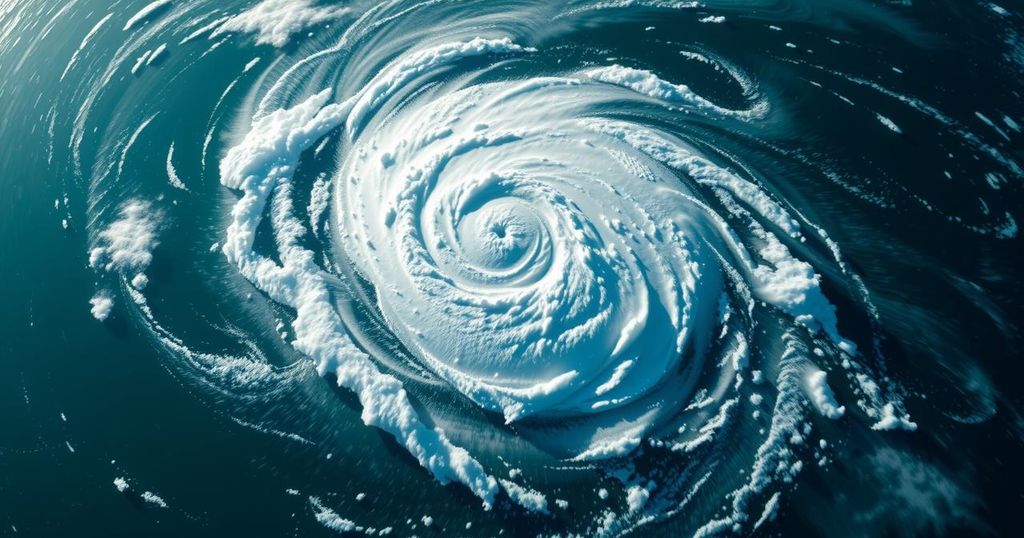Hurricane Rafael’s Impact in Cuba and Gulf of Mexico

Hurricane Rafael made landfall in Cuba, causing widespread destruction and outages, before moving into the Gulf of Mexico where it weakened. The storm knocked out power for hundreds of thousands and collapsed many homes. Recovery efforts are ongoing as Cuba grapples with the aftermath of this powerful hurricane amid pre-existing energy challenges.
Hurricane Rafael, previously classified as a powerful Category 3 hurricane, made a significant impact in the Caribbean, causing widespread destruction as it passed through Cuba. Following its landfall on Wednesday, November 7, 2024, the storm knocked out the nation’s power grid and led to the evacuation of approximately 283,000 residents. In its aftermath, over 461 homes were reported collapsed, with scattered debris, downed trees, and disrupted power lines posing hazardous conditions across the island. As the hurricane advanced into the Gulf of Mexico, it reduced in intensity to Category 2, sustaining winds of 110 mph. Forecasts indicated Rafael would likely weaken further, but warnings persisted over potential surf and rip currents along the affected coastlines. Meanwhile, the Cuban government restored power to about 143,000 homes, although many residents continued to face outages due to pre-existing energy challenges exacerbated by the hurricane. The impact of Rafael followed a tumultuous period for Cuba, marked by island-wide blackouts prior to the storm, indicating ongoing structural issues within the country’s energy infrastructure. Overall, Hurricane Rafael’s destructive path serves as a stark reminder of the vulnerabilities faced by Caribbean nations amid an increasing frequency of severe weather events.
The article sheds light on Hurricane Rafael’s path through the Caribbean, specifically its impact on Cuba where it made landfall as a strong Category 3 hurricane. This event highlights the challenges faced by the island nation, already struggling with energy crises and infrastructure weaknesses. The hurricane’s progression into the Gulf of Mexico and subsequent weakening illustrates the typical lifecycle of hurricanes, further informing readers about storm trajectories and regional impacts. Haiti and other Caribbean nations have similarly faced destructive hurricanes, revealing broader climatic concerns.
In conclusion, Hurricane Rafael’s aftermath in Cuba illustrates the severe effects of natural disasters on already struggling nations. With significant damage to infrastructure, challenges in restoring power, and the repercussions of prior energy crises in the region, the event serves as a critical point for awareness of hurricane preparedness and response. Efforts to address infrastructural weaknesses in Cuba will be essential to mitigate future impacts from storms of this magnitude.
Original Source: apnews.com






